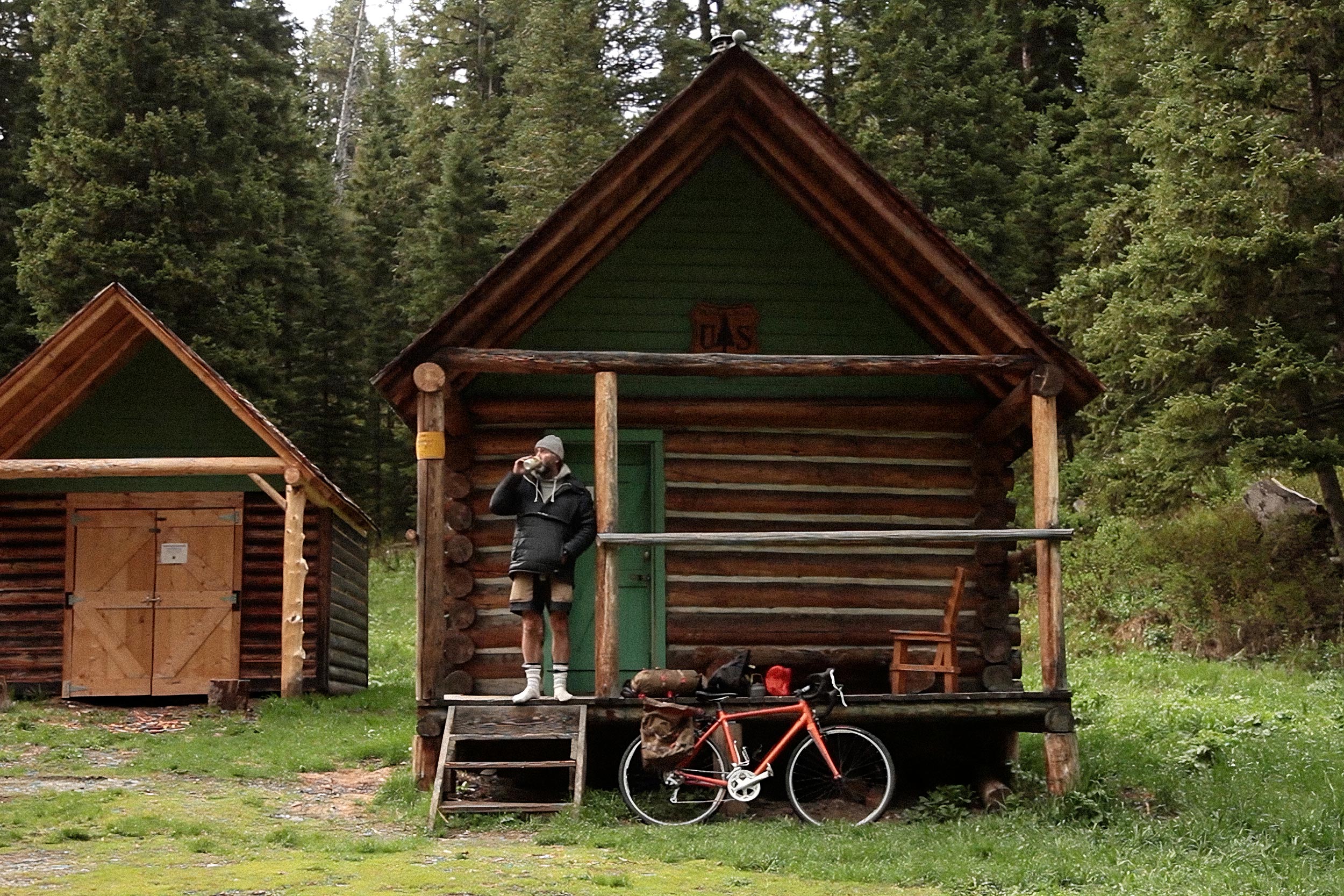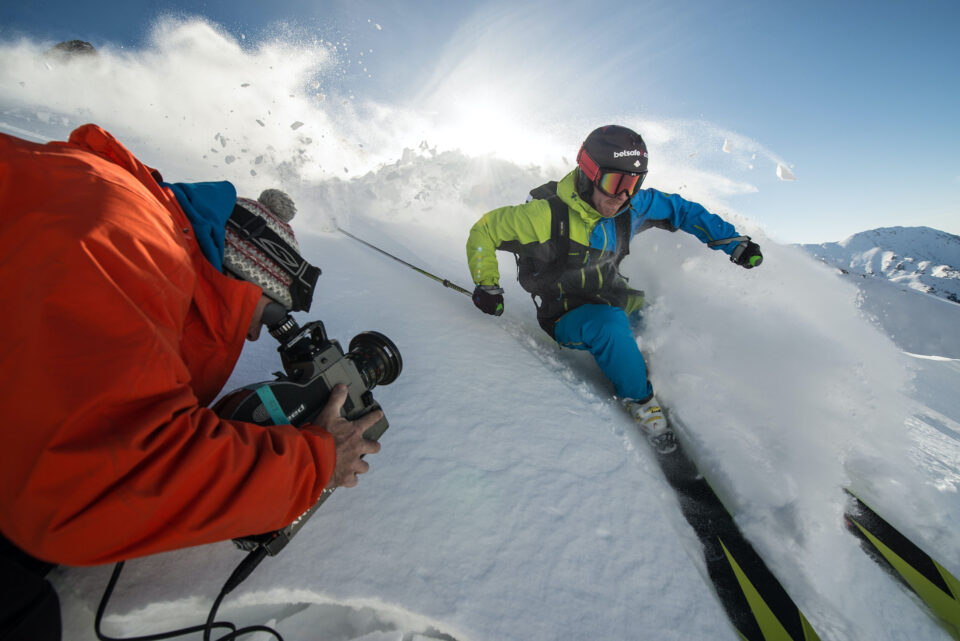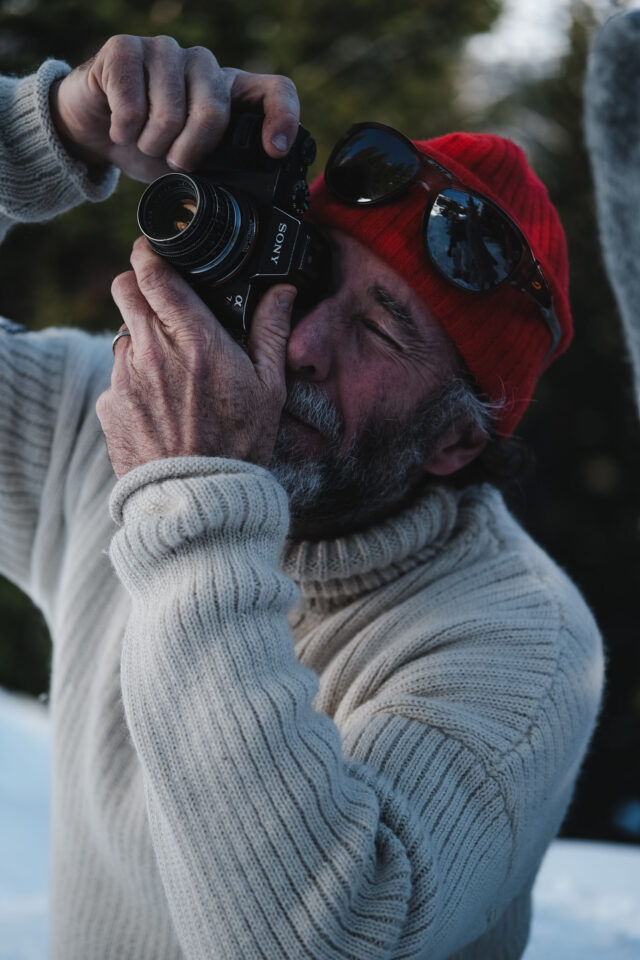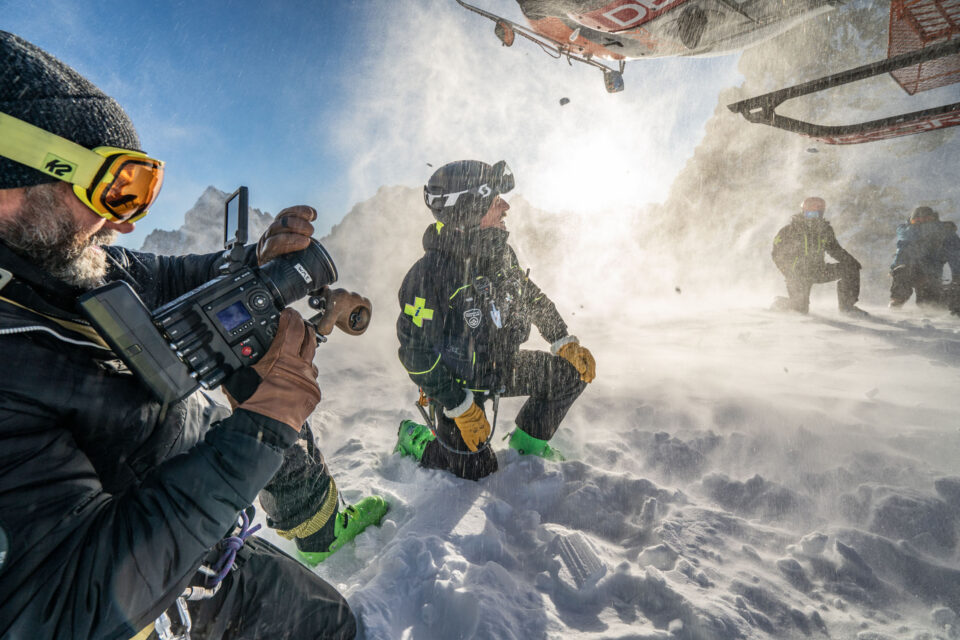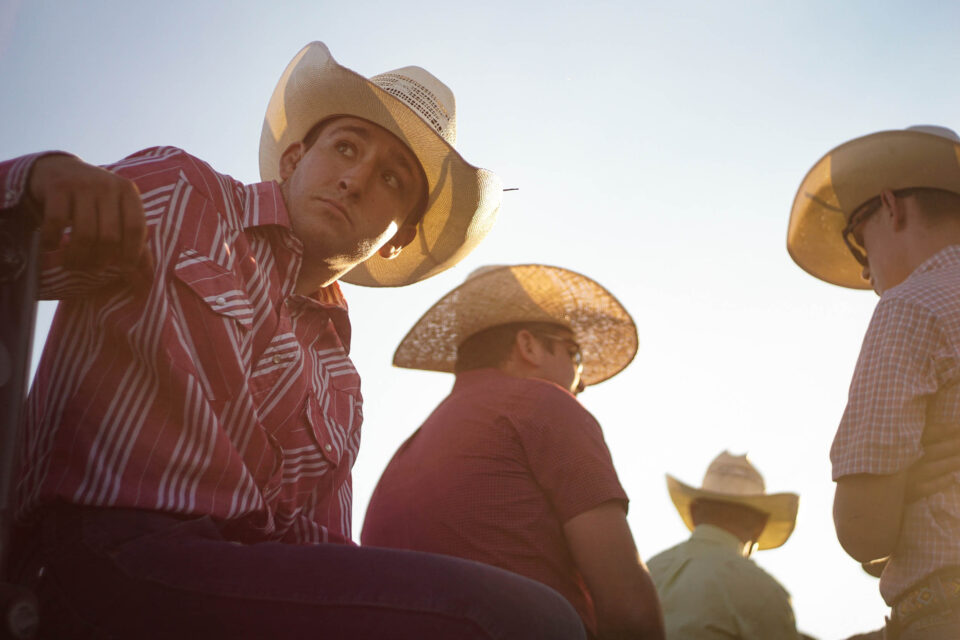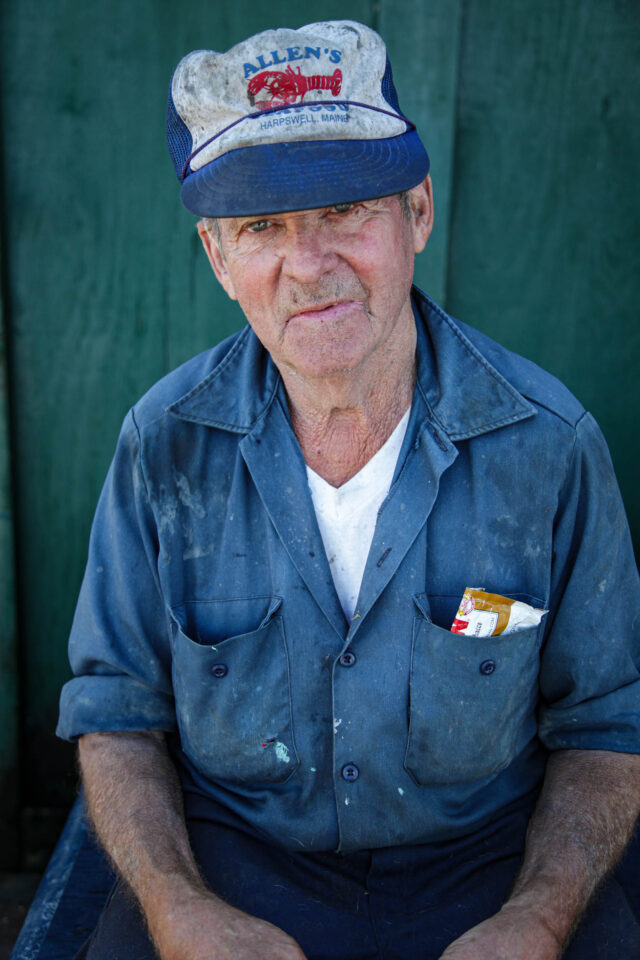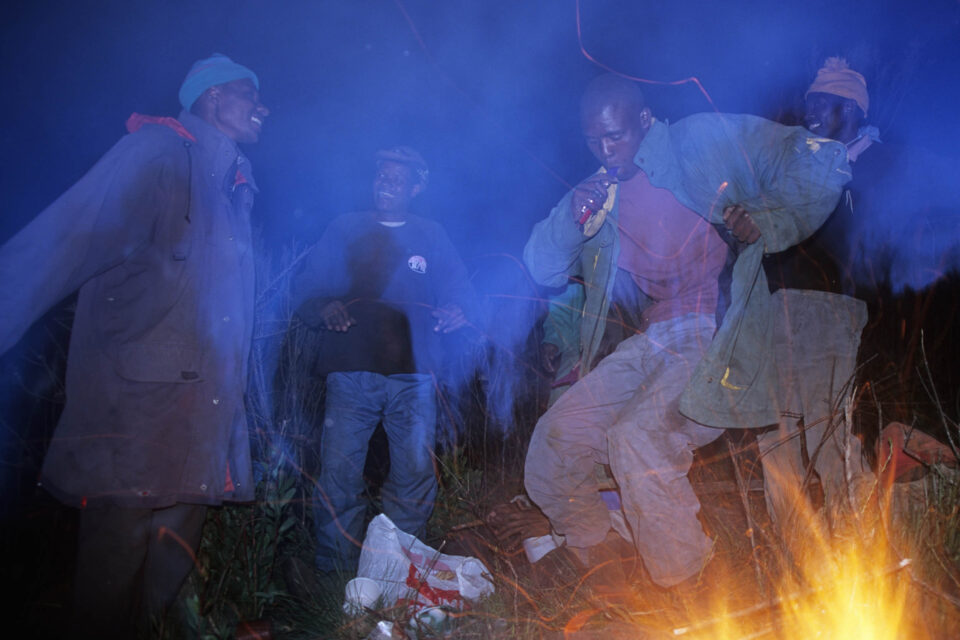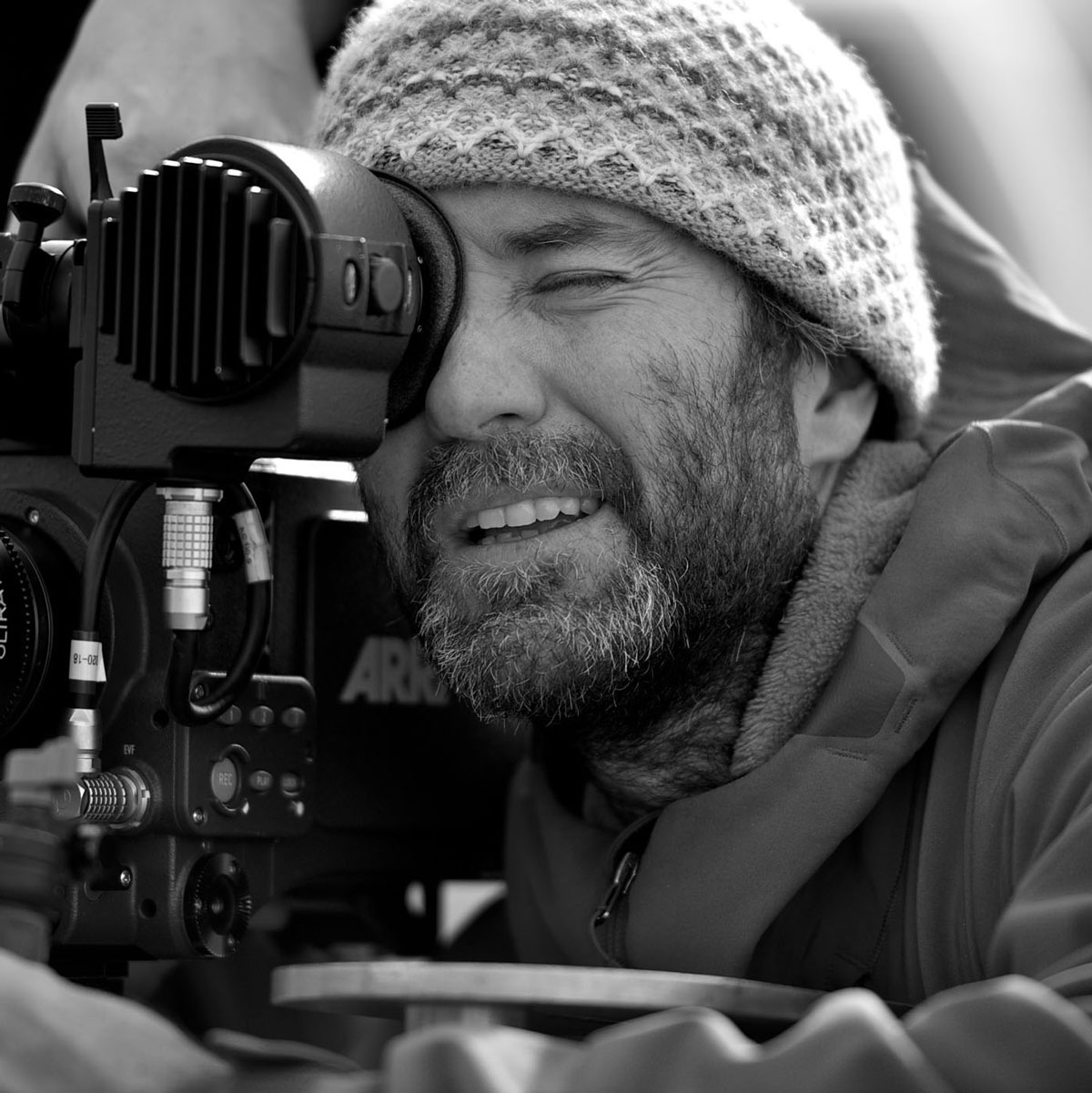Rider’s Lens: Chris Patterson’s Finn Skogen Films
“Finn Skogen Films” is a beautifully shot series by photographer and cinematographer Chris Paterson. Each episode documents a bikepacking trip, ski outing, or other backcountry adventure and packs a ton of visual goodness into an ultra-short morsel. We caught up with Chris to talk about this series and his career shooting award-winning films for Warren Miller and Christopher Nolan in our latest Rider’s Lens…
PUBLISHED Apr 7, 2023
Seasoned filmmaker Chris Patterson hails from Bozeman, Montana, and is the father of two talented young daughters. Technically, his career began in 1992, filming the annual Warren Miller ski/snowboard movies, which he’s continued doing for 30 years. But, as Chris put it, it really started “when my older brother (a gifted professional photographer himself) gave me a camera for my 11th birthday.” Later, Chris landed in Steamboat, Colorado, at age 18, where he studied ski business marketing, ski-bummed, and shot a lot of skiing and mountain biking photos that eventually graced the pages of Powder and Bike (RIP).
When I asked how he got his start with moving pictures, Chris replied, “After completing a handful of film courses at CU Boulder, I bought a 16mm movie camera, a thousand feet of film, and a fax machine. Keep in mind this was 1990, and I was 20.” He then carpeted the ski industry in fax paper while gaining free gear, a couple of paid gigs, and the opportunity for him and a few ski buddies to indulge in world-class resorts. All this grassroots effort resulted in Chris’s first ski feature, Minds to Blow, a film that tells the tale of three escaped psychiatric ward patients who steal a van full of ski gear, then evade the authorities while hiding out in Crested Butte and Whistler. Spoiler Alert: it has a happy ending, they were never caught.
One thing led to another, and Chris became the photographer, cinematographer, and director of the annual Warren Miller ski/snowboard feature films. In the three following decades, Chris has amassed more than 300 assignments for various brands—beer, boats, cars, clothes, watches, and even deodorant—and still spends part of each winter with a Warren Miller camera on his shoulder. Chris’s most noteworthy credit is as the 2nd Unit Director of Photography for the Christopher Nolan blockbuster Inception. “Naturally, I was tasked with filming the avalanches and ski and snowmobile chases in the mountains of Alberta. I like to think that I went to undergrad at Warren Miller Films and then gained a Ph.D. at the Chris Nolan (and cinematographer Wally Pfister) film school.” Inception won the Oscar for Best Cinematography in 2010.
The Films of Finn Skogen is a recent personal project that Chris started just over a year ago and what led me to catch up with Chris a few weeks back. Each episode is a delightful one-minute, ultra-short film about a particular adventure in the mountains of Montana around Chris’ Bozeman home. Find a few of them and some insight into how and why they’re made below.

Who is Finn Skogen?
As you might have guessed from watching these films, Finn is indeed Chris. As Chris describes, “COVID put the bend on all of our heads, and I must have been so embarrassed to put my name on these short films. So, I chose to make up a new persona, a ghost writer of sorts, a fella named Finn Skogen. It’s actually the name of a national park in Norway. It translates as ‘Forest of the Finns.’ I’ve since come clean, and @finn.skogen.films has a growing fan base.”
After decades behind the camera, it wasn’t until the COVID lockdown in the spring of 2020 that Chris’s desire to make “self-portrait films” came to life. His winter/spring ski filming schedule was abruptly cut short as the virus upended everyone’s lives and work. Chris returned to Bozeman after abandoning an assignment in Iceland.
“Evidently, I still had a lot of creative energy stored up,” Chris added, “So I began filming myself. I think it was a backyard experiment at first that soon became a creative exercise, or as I described it to my family, ‘I’m testing a camera…’ as I found myself running back and forth from my bike, pressing record, and quickly riding past the camera.” His newly discovered passion aligned well with the annual snow-melt mud season in Montana, as well as his love of bikepacking and the annual morel mushroom harvest. His first solo endeavor came with the 30-second film Morel Madness.
Five Questions
I asked Chris a few questions about the inspiration behind the series, how the Films of Finn Skogen are made, and his creative process. Find the extended interview below with more of the films and some of Chris’s photography peppered throughout.
So, now which is your favorite film in the Finn Skogen series?
I’m often heard saying, “Why do we suffer through hard work, and why do we punish ourselves by shedding blood, sweat, and tears? Because it makes the beer taste better!” So, naturally, I’m very fond of Once Upon a Time in Montana – Bikepacking for Beers. It’s my favorite. I’ve heard of cafe rides, and I do love good coffee. However, outside of Bozeman, Missoula, and Whitefish, a cafe ride in Montana would take you to a Loaf’ n’ Jug for a 20-ounce drip. On the contrary, there are great oasis towns in Montana linked by gravel roads, each one with a bar serving up frosty cold beer and a “local” atmosphere.
Tell us about the tools and equipment you use to make the Finn Skogen Films.
I’ve shot every format throughout my career. Before digital, I had 20 years of using film, both in stills and cinema, from Super 8 to 65mm. When possible, I’ve always been about a simple approach, one camera, one lens, and maybe a tripod. For these short films, I use a Sony mirrorless camera paired with my trusty Leica 35mm Summicron f/2.0 lens. It’s a tiny rangefinder lens (circa 1968) that produces beautiful signature Leica colors and contrast. Everything fits into a fleece-lined chalk bag. I use a compact Gitzo tripod that straps onto my bike. I also have a tiny Olympus sound recorder to gather a bit of location sound for the edit. I assemble the films using Adobe Premiere.
What kinds of stories do you most enjoy getting to tell?
I often joke that I can make a movie about anyone: your mailman, your uncle, that barista, the guys mowing the lawn over there. I think that’s why I’ve enjoyed shooting portraits. I like to capture images and tell stories that have some relatable quality and humor in them. I like my short films to be highly compressed adventure stories (60 seconds or less) that hopefully offer a different feeling from the usual items on the menu. We’ve all been a bit oversaturated with the intense flow of outdoor-specific content these days, so I feel that it’s only fair to offer the viewer another kind of entertainment. I see a lot of branded films and great bikeumentaries in my feed, so all I can hope is that my films land somewhere in the middle.
How do you think traveling by bicycle has impacted the nature of your work?
I can’t go anywhere on foot, car, plane, train, or bike without thinking about how this place and that car or those dogs or that passing train could be something within my viewfinder, a piece woven within a movie or a thread within a story. The bike allows me to stay on pace with these kinds of random opportunities. I like filming as I see it, as I think it, shooting at the speed of thought—quickly and instinctually.
Where do you hope these films will take you going forward, both professionally and geographically?
I love that people have reacted so well to these shorts. It’s been fun to hear the feedback. I’d like to keep making them; it’s a great creative workout. I think the ‘Hello from…” series could take Finn to some great places on skis or on his bike. I’ve got a few films planned this summer, starting with a trip to Norway in May with my friends @amundsensports. They’ve been super supportive and appreciate how I don’t take myself too seriously when making these clips.
Anything else you want to share?
I love props. If you are going to make films like these, then I suggest finding or discovering a prop that can aid in crafting your story. A prop allows you to give a purpose to your character’s actions and can offer another point of view. For example, I went to Switzerland in January. I had intended to make a Finn Skogen film at some point during the trip, and I had some ideas, but nothing was getting me excited.
Then I saw it: a beautiful vintage Super 8 movie camera “for sale” in the window of a ski town antique shop. That was it, the prop I needed to give Finn a purpose in Switzerland. The result is Hello from Switzerland, a film about Finn’s Swiss holiday told via his skis and his co-star, the Zoomex Camera. Oh, and I recommend reading the book The Lost Cyclist. It might kick-start your next great adventure!
The Latest…
Here’s the latest in the series, released yesterday: Finn Skogen is at it again, however winter is still holding strong here in Montana. He’s anxious for bikepacking season to arrive and will stop at nothing to get out in the wilderness.
Find more of Chris’ films and follow Finn Skogen Films over on his YouTube Channel or Instagram @finn.skogen.films.
Please keep the conversation civil, constructive, and inclusive, or your comment will be removed.







